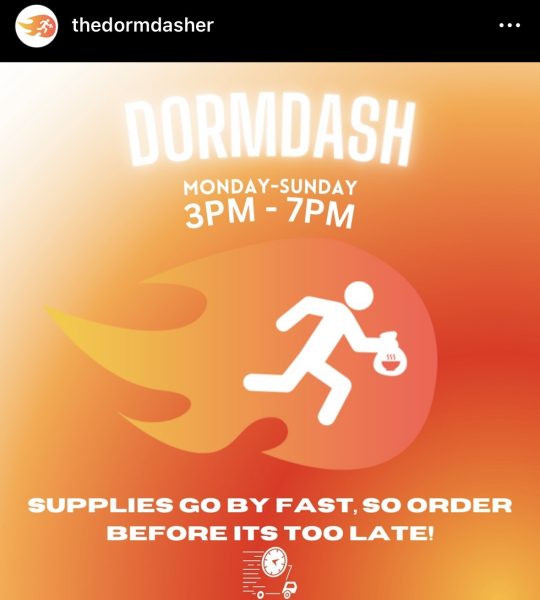Tips for driving safe in the winter
December 9, 2019
By Mia Walvoord
Editor-in-Chief
Imagine: it’s winter time, you’re driving to school (probably blasting some seasonal music on the
radio, of course) and you go to your brake as you go to make a turn, but your car doesn’t slow down. Instead, it continues to slide forward on the patch of ice you’re driving over. More often than not, you’re quickly able to regain control and continue with your drive.
Almost every driver has had to face a similar situation, and even the most experienced drivers stand to be thrown off guard. For many high school students learning to drive, this will be their first time driving in the snow, putting them at additional risk if they find themselves in such a position. Commuting students are all too familiar with these types of situations.
In the fall and spring, a drive down Caxy Road can be relaxing, borderline meditative (unless you’re late for school…). There is certainly something to be said for being greeted by beautiful, tall trees and a shining pond on your way into school. But once Lake Forest’s frigid, Midwestern
winters hit, the bounty of snow and ice has the potential to make students’ drive into school a little hazardous, especially in the road’s curviest stretches.
LFA, of course, aims to prioritize students’ safety. When it comes to student drivers, the school’s vigilance certainly increases. The Dean of Students office often issues warnings ahead of particularly icy mornings and sometimes even institutes impromptu late starts in order to ease
pressure off of commuting students and their families as they drive to school.
Slippery driving conditions are incredibly common in the winter and it’s important to be a very informed and prepared driving. Here are 5 key tips to keep in mind when driving this season:
1. Slow Down!
You’re more likely to lose control when driving at faster speeds. The faster you drive, the more difficult is can be to stop. You can’t presume to drive at normal speeds in icy conditions. Even when on the highway, you should aim to keep your speed below 45mph.
2. Give yourself more time to get to your destination.
As mentioned above, you should greatly reduce your speed in all situations when on the road during the winter months. This means that it will certainly take you longer to get where you want o go. Driving so slowly can sometimes feel tedious. If you’re running short on time it can be empting to bump up your speed by a few miles per hour, so you should leave your house earlier in order to avoid the temptation.
3. Brake earlier.
In the winter you should begin applying your brake much earlier than you normally would. You should brake gradually, applying very light pressure at first and then slowly increasing it. Breaking hard and quickly is a recipe for disaster; you will be much more likely to slide. Even if your brakes work normally, suddenly stopping could set you up to be rear-ended, as the person behind you likely didn’t see it coming and their vehicle is at risk of sliding if they quickly apply their brakes in response.
4. Turn into a slide.
This one is perhaps a little counterintuitive. If you’re fishtailing or sliding, immediately take your foot off the accelerator and turn your wheels in the same direction that the rear end of your car is sliding. But, be careful to not get carried away, turning too far and overcorrecting. Try to stay calm and only do as much as you need to.
5. Keep some extra warm clothes and blankets in your car.
In the unfortunate case that you are in an accident or your car stops working in the cold, it is a smart idea to have some way to keep yourself warm as you wait for assistance. Winter weathercan be absolutely unforgiving. Be prepared in the event of a bad situation, you’ll thank yourself later.












